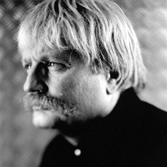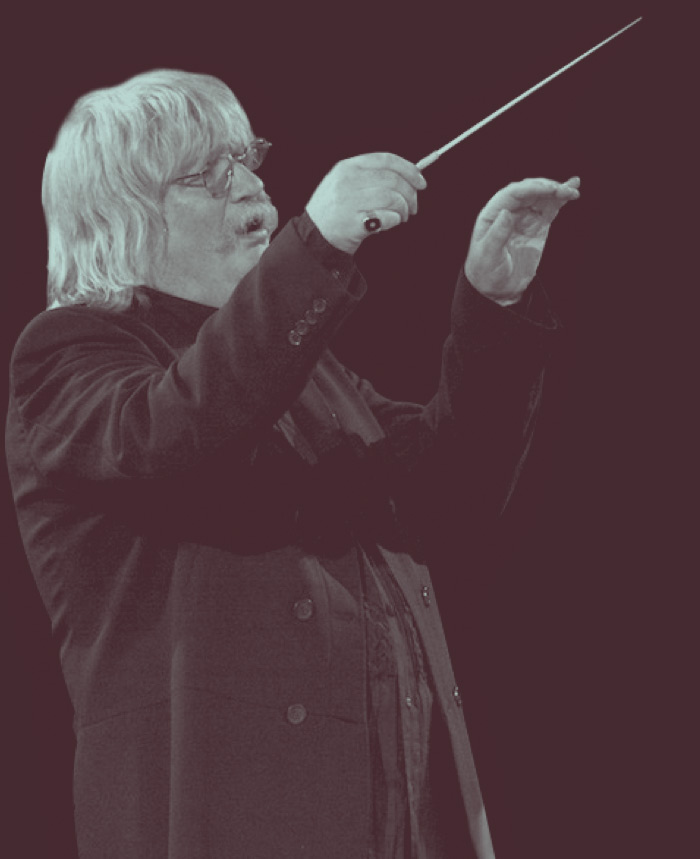From Bach and Beethoven to Mile Davis and the Beatles, all great musicians have their own “Sound” – a particular way of making music that’s instantly identifiable and absolutely unique. Like Gershwin and Bernstein before him, the “sound” of Karl Jenkins is a successful fusion of classical, ethnic and popular music and, like those of his illustrious forebears, it’s one, which has delighted millions of people the world over.
Where Gershwin put together Rachmaninov and ragtime to form Rhapsody in Blue and Bernstein fused Stravinsky and Latin be-bop in West Side Story, Karl, as befits a man of our polyglot multi-cultural age, draws material from a vastly extended range of historical and cultural traditions. He uses elements of classical, jazz and ethnic music, adding a further dimension with the latest electronic production techniques. Assembling a “palette” of musical colours is, however, only a first step in composing any piece of music, it’s the way they’re put together that really counts.
Over the years, in addition to honing his natural command of musical style, he further developed the ability to crystallize the unique musical essence of each genre. In the long run this has proved crucial to the success of his music because it provides Karl with a starting point from which we can integrate his various musical influences – finding and using the things that unite rather than divide them.
This pluralistic ability to celebrate different cultures and places, whilst simultaneously integrating them into a harmonious unity, is perhaps what has captured the imagination of so many people around the globe – encapsulating as it does so much about our everyday lives, hopes and dreams.
James Doheny

